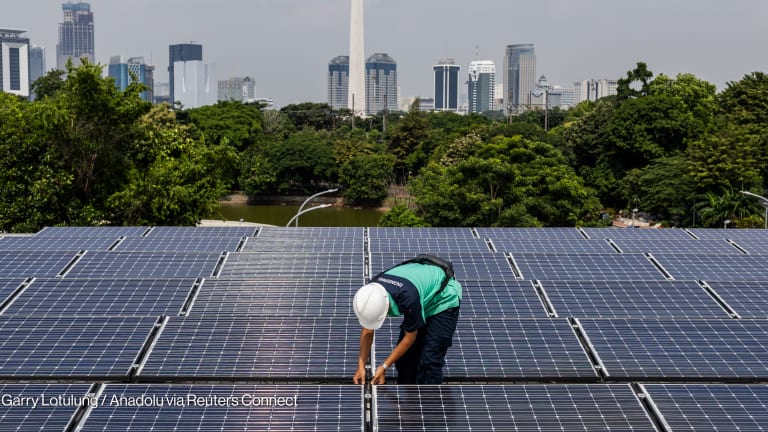COP21 has the potential to be a turning point on global climate action with a massive coming together of nations. The Intended Nationally Determined Contributions pledged in advance will contribute to substantial reductions in carbon emissions, although not currently enough to limit global warming to two degrees Celsius. Over the next week the world will be watching to see if more ambitious targets will be negotiated in Paris and whether countries will agree to review their commitments through five yearly reviews, to allow for innovation and technological advances, and up their INDCs accordingly.
Onshore wind, according to the International Renewable Energy Agency, now offers some of the cheapest new electricity capacity available, and solar photovoltaic module prices have fallen by around 80 percent since the end of 2009. Electricity from large-scale solar PV plants costs half what it did in 2010 and we are seeing in places like India and California that large scale solar is now at grid parity. IRENA believes that, with the right regulatory framework and access to low-cost finance, solar PV could now offer utility-scale electricity cheaper than fossil fuels across the globe.
Additionally, the cost of batteries for energy storage systems has more than halved and huge improvements in energy efficiencies, such as LED bulbs, are also allowing power to go much further. It’s vital for the success of renewables and reducing global CO2 emissions that the cost of energy storage comes down further and advances in energy efficiency technologies make even greater strides.








